In the cold waters of the North Pacific, a gentle giant once glided gracefully beneath the waves. Known as Steller’s sea cow, this massive marine mammal was an astonishing sight to behold. Despite its size and serene nature, this unique creature vanished from our world, becoming the first large mammal to be exterminated by overhunting. The intriguing history of Steller’s sea cow not only unveils a tale of human impact on nature but also serves as a powerful reminder of the delicate balance between human activity and wildlife conservation.
The Discovery of a Marine Giant
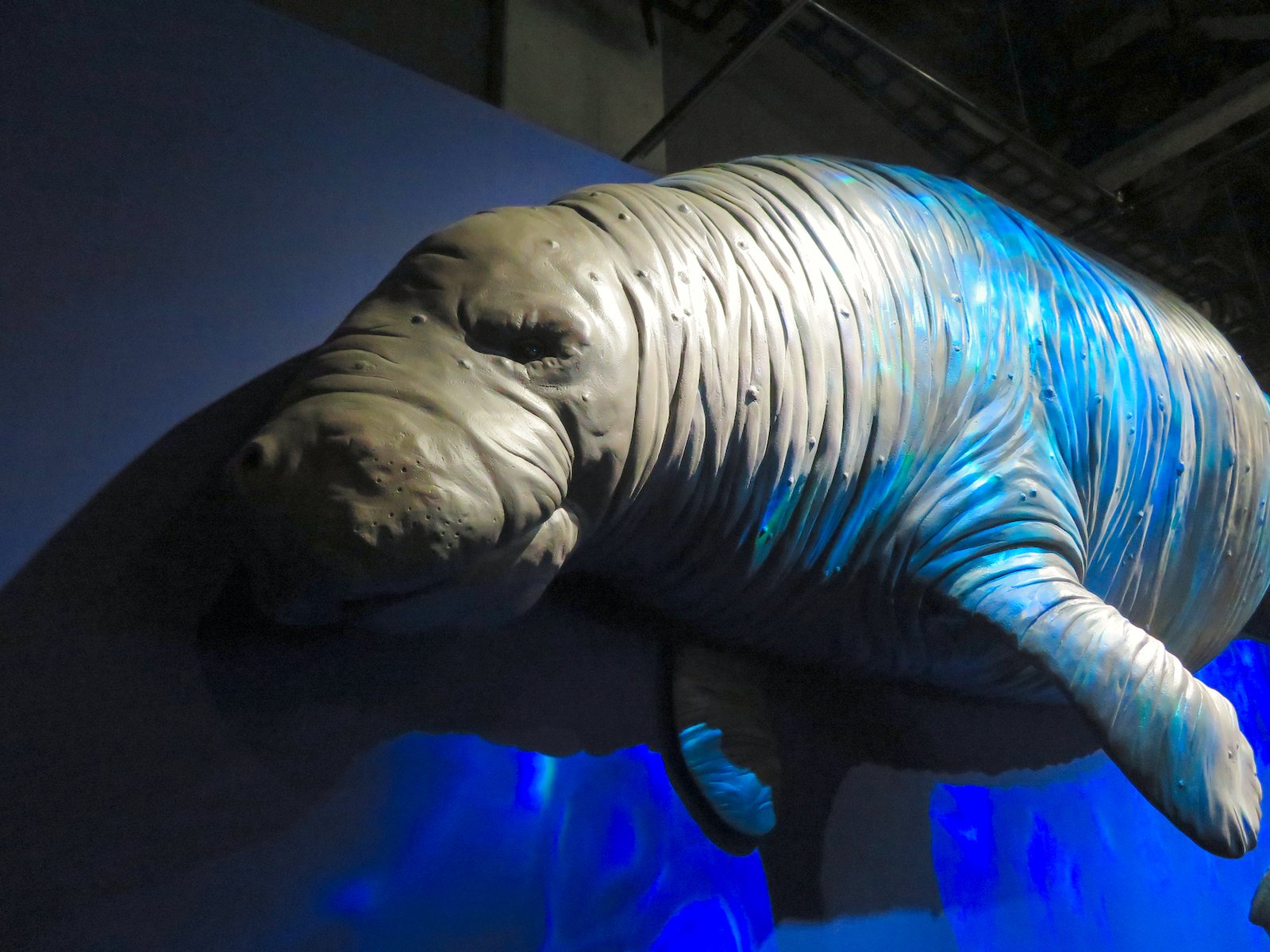
Steller’s sea cow was first documented in 1741 by the German naturalist Georg Wilhelm Steller, during an expedition led by the explorer Vitus Bering. Steller’s sea cow was a relative of the manatee and dugong, but it was significantly larger, often growing up to 30 feet long and weighing around 8 to 10 tons. Its immense size and gentle nature made it a fascinating subject for early explorers. Steller described the creature as docile and slow-moving, with a thick hide that was resistant to the cold waters of its habitat. The sea cow’s unique characteristics and sheer enormity captured the imagination of those who encountered it, marking a significant moment in natural history.
Life in the Bering Sea
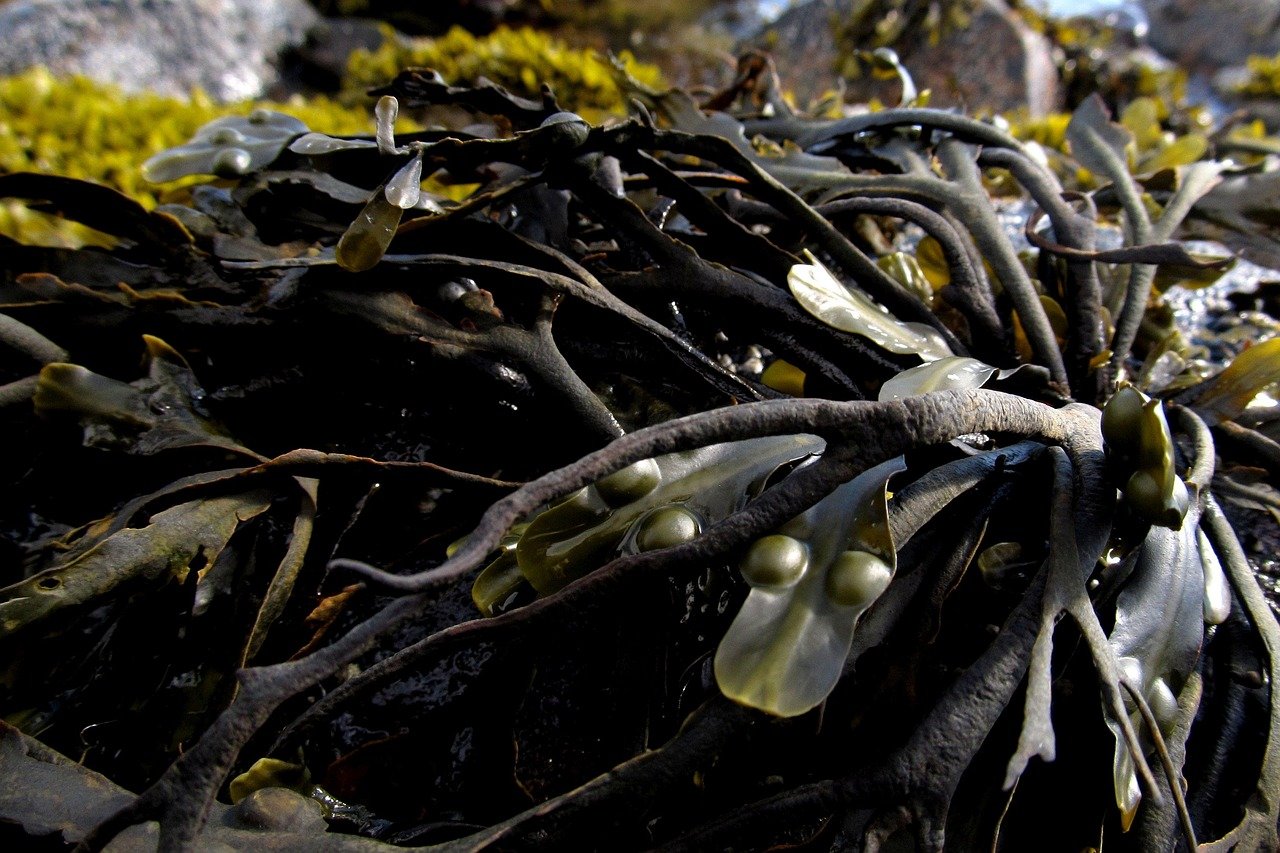
The habitat of Steller’s sea cow was primarily confined to the Commander Islands in the Bering Sea. These remote islands provided a rich environment filled with kelp forests, which were the sea cow’s primary food source. The sea cow’s diet consisted almost exclusively of kelp, and its feeding habits played a crucial role in maintaining the health of these underwater ecosystems. By grazing on the kelp, the sea cows helped to keep the kelp forests from becoming overgrown, promoting biodiversity and supporting a variety of marine life. In this way, Steller’s sea cows were integral to the ecological balance of their environment.
A Gentle Giant’s Vulnerability
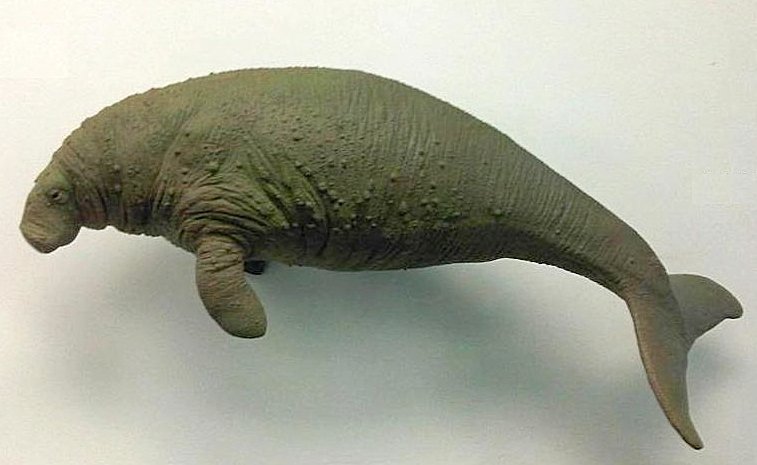
Despite its massive size, Steller’s sea cow was extraordinarily vulnerable to human exploitation. With no natural predators and a slow reproduction rate, the sea cow’s survival depended on the stability of its environment. Unfortunately, the arrival of humans posed a threat that the sea cows were ill-equipped to face. The sea cow’s slow, cumbersome movements made it an easy target for hunters, and its lack of fear towards humans only increased its vulnerability. The sea cow’s inability to escape or defend itself highlighted the fragile nature of this gentle giant, underscoring the importance of understanding and protecting vulnerable species.
The Onset of Overhunting

The discovery of Steller’s sea cow coincided with a time of intense exploration and exploitation of natural resources. The sea cow’s large size and abundance of meat made it an attractive target for hunters, particularly for the fur traders and explorers who frequented the Bering Sea. The sea cow’s meat was highly prized for its quality and the fact that it could be preserved for extended periods, making it a valuable resource for long sea voyages. The demand for its meat, combined with its vulnerability, led to rapid overhunting. Within just 27 years of its discovery, Steller’s sea cow was hunted to extinction, a stark reminder of the impact of unchecked human activity on wildlife.
The Role of Human Greed
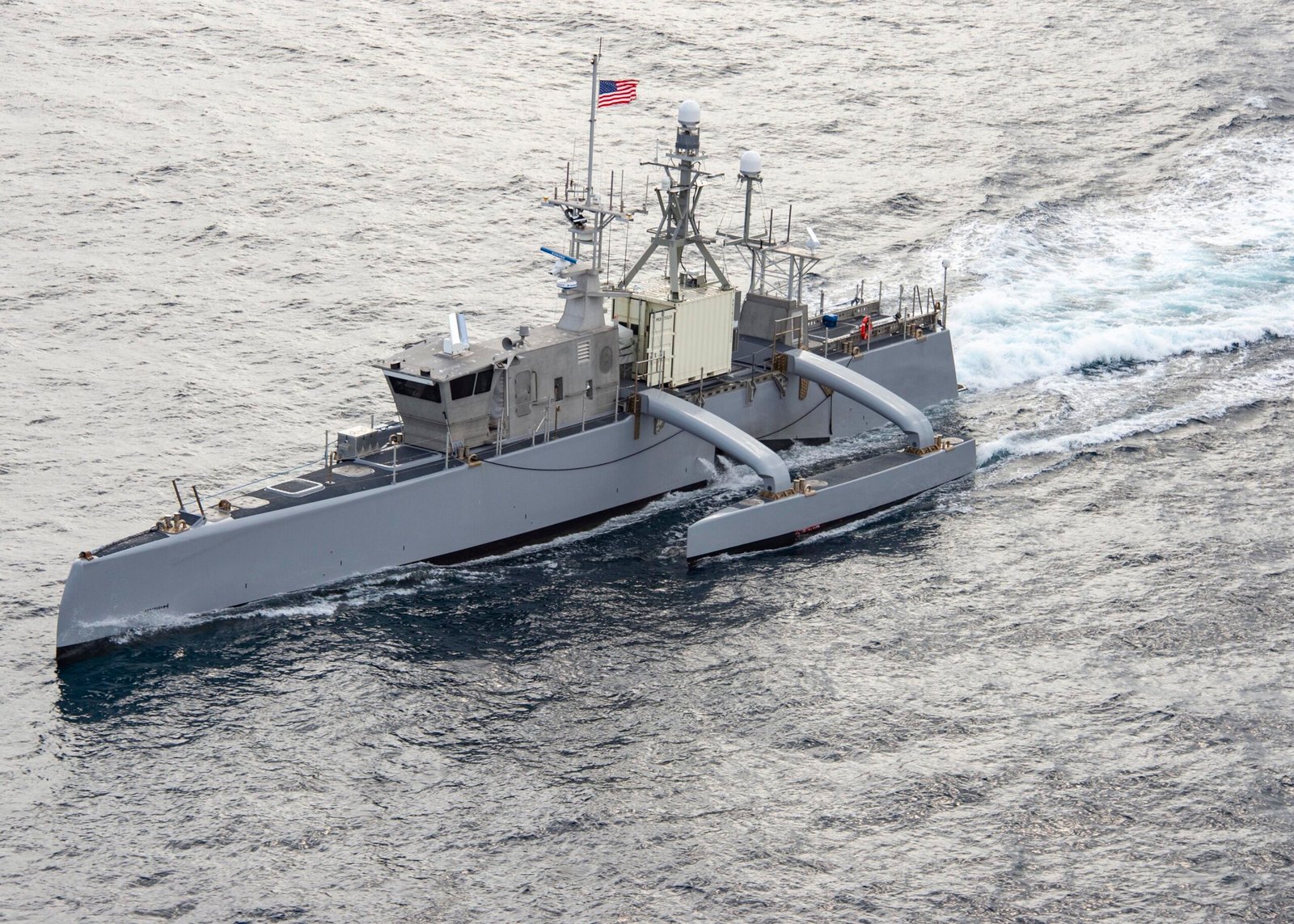
The extinction of Steller’s sea cow is a poignant example of the consequences of human greed and short-sightedness. Driven by the desire for profit and sustenance, hunters decimated the sea cow population without regard for the long-term effects of their actions. The loss of Steller’s sea cow was not only a tragedy for the species itself but also for the entire ecosystem that relied on its presence. The absence of this keystone species disrupted the balance of the kelp forests, leading to changes in the structure and function of the marine environment. This serves as a powerful lesson in the importance of sustainable practices and the need to consider the broader ecological impact of human activities.
The Ripple Effect on Ecosystems
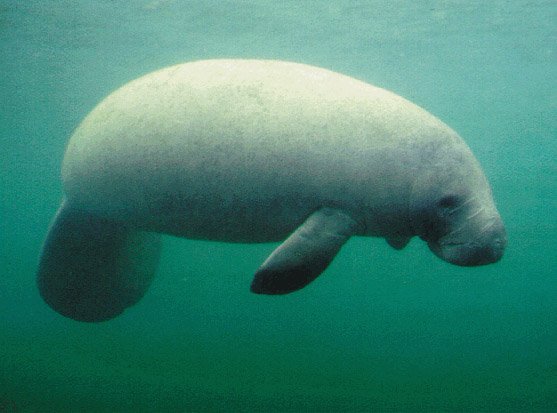
The extinction of Steller’s sea cow had far-reaching effects on the ecosystems of the North Pacific. As a keystone species, the sea cow’s role in maintaining the health of the kelp forests was crucial. Without the sea cows to graze on the kelp, these forests became overgrown, reducing the availability of light and space for other marine organisms. This led to a decline in biodiversity and altered the dynamics of the marine food web. The ripple effect of the sea cow’s extinction highlights the interconnectedness of ecosystems and the importance of preserving biodiversity to maintain ecological balance.
Lessons from the Past
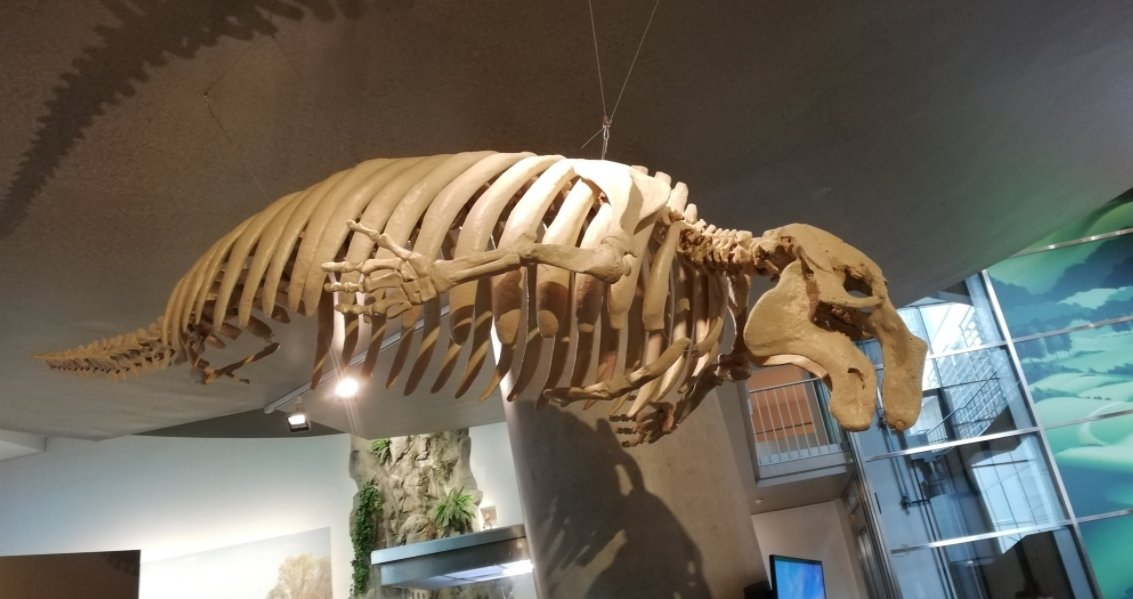
The story of Steller’s sea cow offers valuable lessons for contemporary conservation efforts. It underscores the importance of understanding the ecological roles of species and the potential consequences of their loss. The extinction of the sea cow serves as a cautionary tale, reminding us of the fragility of ecosystems and the need for responsible stewardship of our natural resources. By learning from the past, we can make informed decisions to protect endangered species and preserve the biodiversity that is essential for the health of our planet.
The Call for Conservation
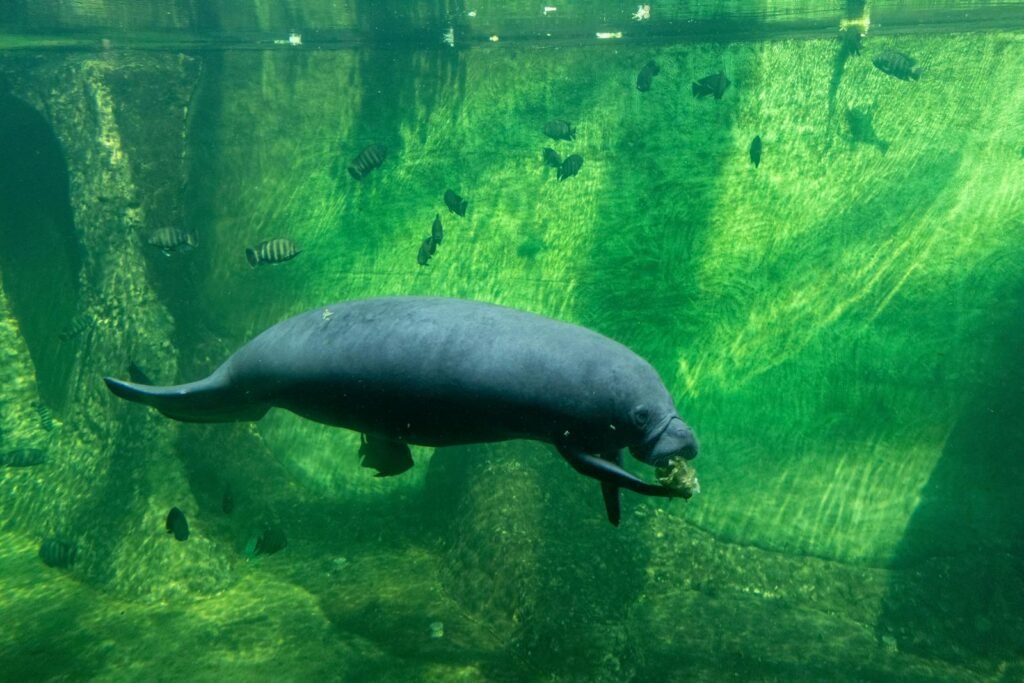
In the wake of Steller’s sea cow’s extinction, there is a renewed call for conservation and the protection of vulnerable species. This tragic loss has inspired efforts to better understand and safeguard the marine environments that are home to countless species. Conservation initiatives aimed at preserving marine biodiversity and mitigating human impact are crucial for preventing similar tragedies in the future. By prioritizing sustainable practices and fostering a sense of responsibility towards our natural world, we can work towards a more harmonious coexistence with the ecosystems that sustain us.
A Legacy of Awareness
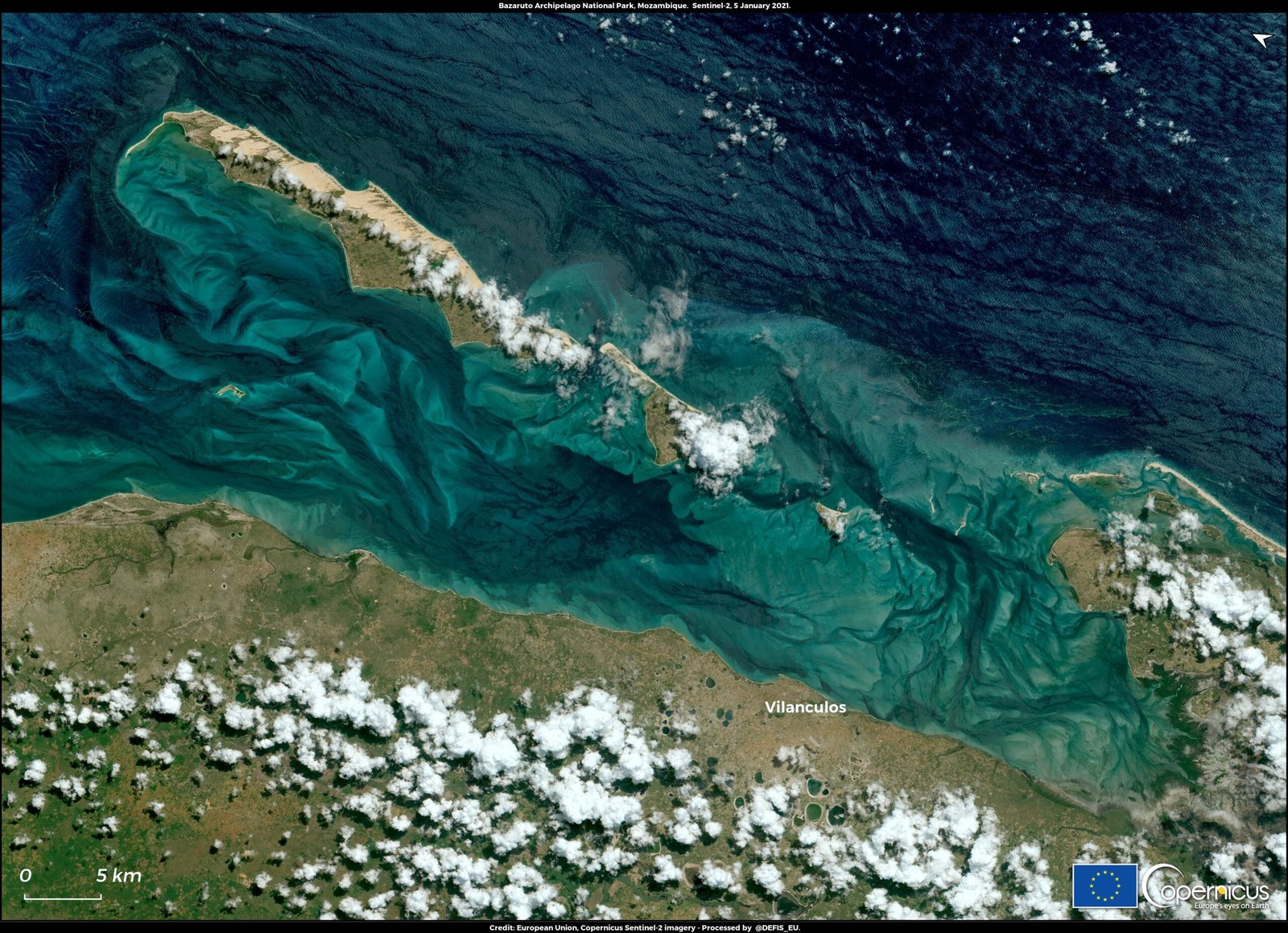
While Steller’s sea cow may be lost to history, its legacy lives on in the awareness it has brought to the importance of conservation. The story of the sea cow has become a symbol of the need for change, inspiring individuals and organizations to take action to protect our planet’s biodiversity. This legacy serves as a reminder of the power of awareness and the potential for positive change when we come together to advocate for the preservation of our natural world. By honoring the memory of Steller’s sea cow, we can commit to a future where no species is lost to the ravages of human activity.
The Future of Marine Conservation
The extinction of Steller’s sea cow has had a lasting impact on the field of marine conservation. It has led to increased efforts to understand and protect marine ecosystems, emphasizing the need for comprehensive conservation strategies that address the root causes of species decline. The lessons learned from the sea cow’s extinction continue to inform current conservation practices, highlighting the importance of collaboration and innovation in the fight to preserve our planet’s biodiversity. As we look to the future, the story of Steller’s sea cow serves as a catalyst for change, inspiring a new generation of conservationists to work towards a sustainable and thriving marine environment.


